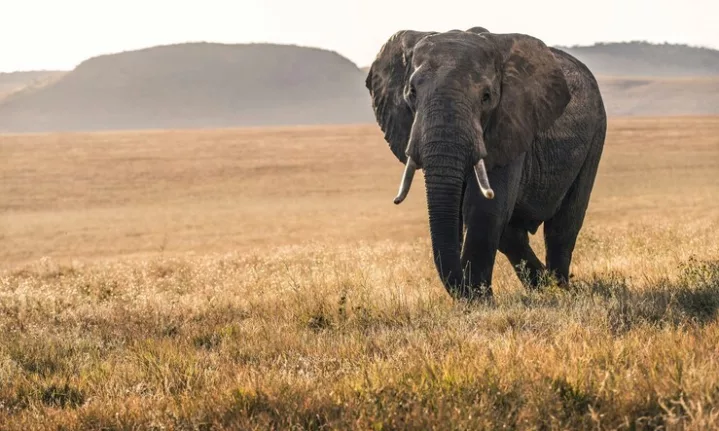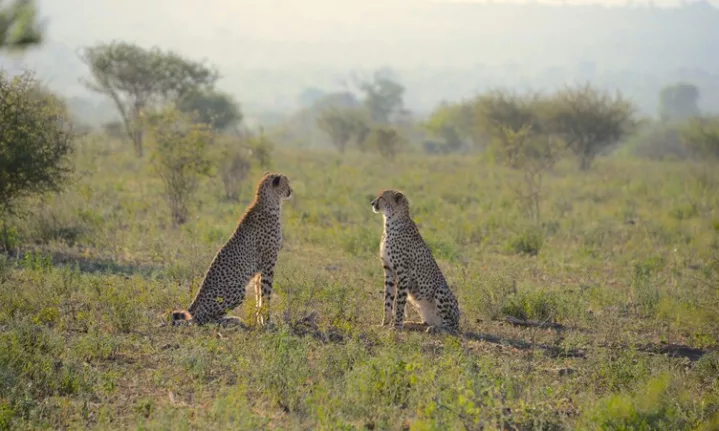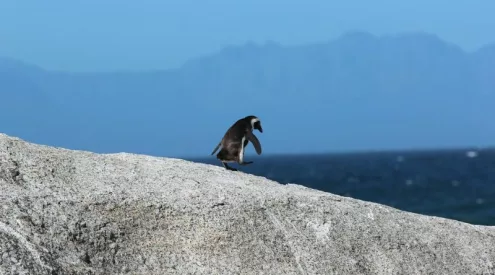There is a delicate balance that exists between humans and wildlife. While the thrill of encountering magnificent creatures in their natural habitat is undeniable, it’s imperative to tread lightly and respect the boundaries that safeguard both species – humans, and the wildlife we so admire.
Here’s why limiting human-animal interaction in the wild is paramount.
Preserving natural behaviours
Think of your favourite wild animal. A majestic lion. the gentle giant (the elephant), or the elusive leopard.
These incredible animals thrive in their natural habitats, and we as humans often find fascination in observing them. Sometimes from a safe distance – for example, on safari – and at other times, we push the vital boundaries that exist between our species and theirs.
The behaviour and traits that we often find so captivating about these animals are, in fact, essential for their survival in the wild.
When humans interfere too closely with wildlife in their habitat, it disrupts natural behaviours, which produces a ripple effect.
One example is when manmade boundaries prevent wildlife from migrating to other regions.
Even when these boundaries are put up with the best intentions (and they often are), this form of human intervention may hinder migratory land animals’ natural rhythms which ultimately could end up aggravating them.
You would not want to cross paths with an angry elephant, provoked by human disruption.
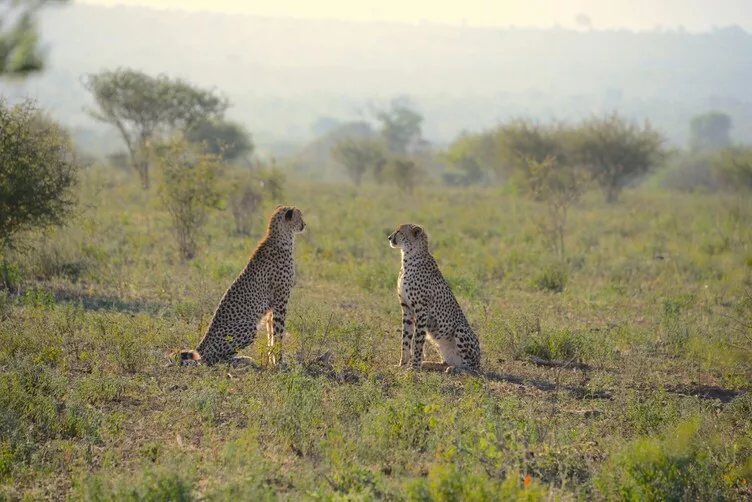
Unsplash / Yolande Conradie
Mitigating human-wildlife conflict
As the human population expands over time and encroaches on natural habitats, conflicts between humans and wildlife escalate. In Africa, incidents of human-wildlife conflict often arise when animals venture into human settlements in search of food or water.
Conversely, conflict is also sparked when poachers target wildlife in their natural habitat. Limiting these hostile interactions reduces the likelihood of confrontations.
Some conservation efforts that have proved successful for limiting human-wildlife conflict historically have included wildlife corridors, fences, as well as educating and engaging communities about the importance of living in harmony with the wild, and conserving wildlife.
Protecting wildlife and human health
Maintaining a safe distance from animals – farmed, safeguarded, or in the wild – is crucial for preventing the spread of diseases between humans and animals, labelled as zoonotic diseases.
“There are several endemic zoonotic viral infections that occur in South Africa that have far reaching effects on the country and its economy,” reads a report published by Four Paws spotlighting zoonotic diseases in South Africa.
“Endemic and cross boundary diseases that have a significant potential to adversely affect human, animal, and environmental health both locally and globally. Among the diseases which prevail in South Africa are Foot & Mouth Disease (FMD), Rabies, Bird Flu and Bovine Tuberculosis (bTB).”
As per the report, high-risk practices that drive the risk of zoonotic outbreaks are often connected to industry – commercial wildlife trade, live animal markets, factory farming and fur farming. On the other hand, going on a guided safari is generally considered safe, provided you keep a good distance.
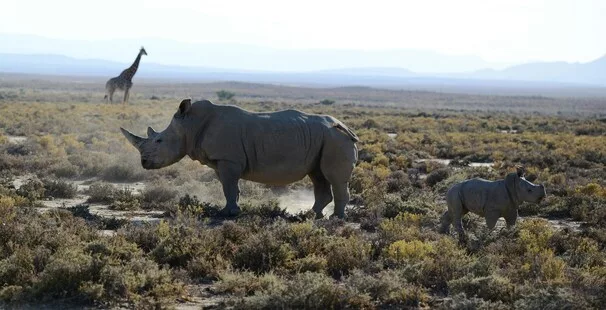
Unsplash / Ken Goulding
What is a ‘safe’ distance?
Determining a safe distance between humans and wildlife depends on various factors, including the species involved, their behaviour and the environment.
Guided safaris offer a chance to observe wildlife from a safe, respectful distance. Experienced guides and conservationists will always prioritise the well-being of both guests and animals, sticking to strict protocols to minimise disturbance. It is of the utmost importance to follow the guidance of knowledgeable professionals and respect the boundaries set by wild animals.
In the wild, admiration should be tempered with respect, and the wonders of the wild will remain unspoiled.









